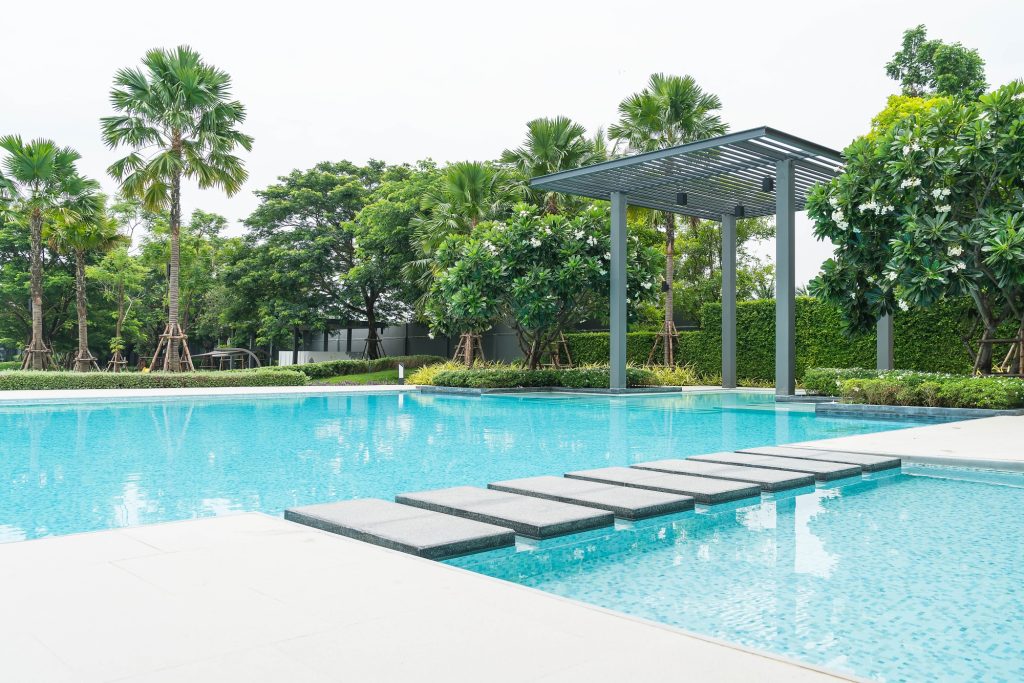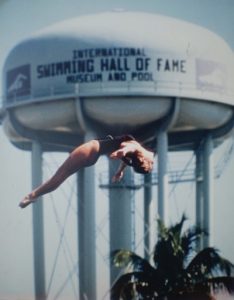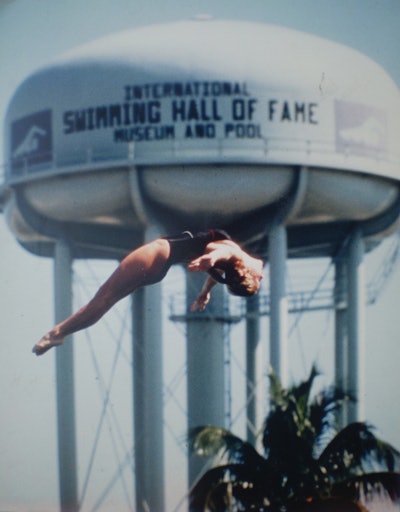By Terry Arko
According to scientific studies, there are between 30,000 and one million species of algae. Even phycologists who study these organisms disagree about the number of species known and unknown. Four main types of algae are usually identified as undesirable invaders in pools: green, yellow, black, and blue-green. These species are so common, particularly in outdoor environments, that it is almost impossible to keep them out of your pool. It is therefore important to balance the water chemistry in order to prevent algae blooms.
Use of pH and chlorine to control algae
4 Specifically, free chlorine (FC), or even more specifically hypochlorous acids (HOCl). 5 HOCl is a mixture of hypochlorite (OCl-) and HOCl. HOCl kills algae 99 percent more effectively than OCl-. A sufficient amount of HOCl is required to ensure the proper prevention and death of algae in poolwater. HOCl production is affected by the pH and temperature. In a pool that has a pH of 7.4 and a 30 C temperature (86 F), 50% of the HOCl is OCl. There would be no cyanuric acids (CYAs) in this pool, and therefore, the HOCl would be sufficient to prevent algae growth at FC levels between 1 and 4 ppm. HOCl levels would drop to 24 percent if the pH in this pool rose to 8.0. To keep algae at bay, FC levels need to be between 3 and 4 ppm. It is evident that chlorine has more power to fight algae at lower pH levels. 6
What happens if CYA is added to ?
When CYA is added to a pool at 30 ppm or higher, the conditions will change dramatically. Maintaining a FC level between 1 and 4 ppm might not be enough to prevent algae blooms. In a pool that has 30 ppm CYA, and a pH level of 7.5 there will be 50% HOCl as FC and 50% OCl-. Only 3% of the FC can be used to disinfect or control algae. 97 % of the FC, however, is bound to CYA. If you divide three percent by two in this case, you will get 1.5 percent active HOCl, and 1.5 percent active OCl. This example illustrates the impact of CYA on chlorine’s ability at FC levels between 1 and 4 ppm. In the end, at least 0.05 ppm HOCl will be needed to stop algae growth. 7
In order to prevent algae growth, as CYA levels rise, more chlorine is needed. In this case, pH still plays a role; a lower pH helps to increase the percentage of HOCl. A pH of 8.0 with a CYA of 30 ppm will result in a 15% reduction of HOCl. To keep algae at bay, the pool must be kept at a minimum of 4 ppm FC. If the pH was lowered to 7.3 there would still be enough HOCl to prevent and kill algae. It is important to manage both pH and CYA in order to prevent algae blooms.
The article How to prevent algae growth by maintaining a balanced water chemistry first appeared on Pool & Spa Marketing.






